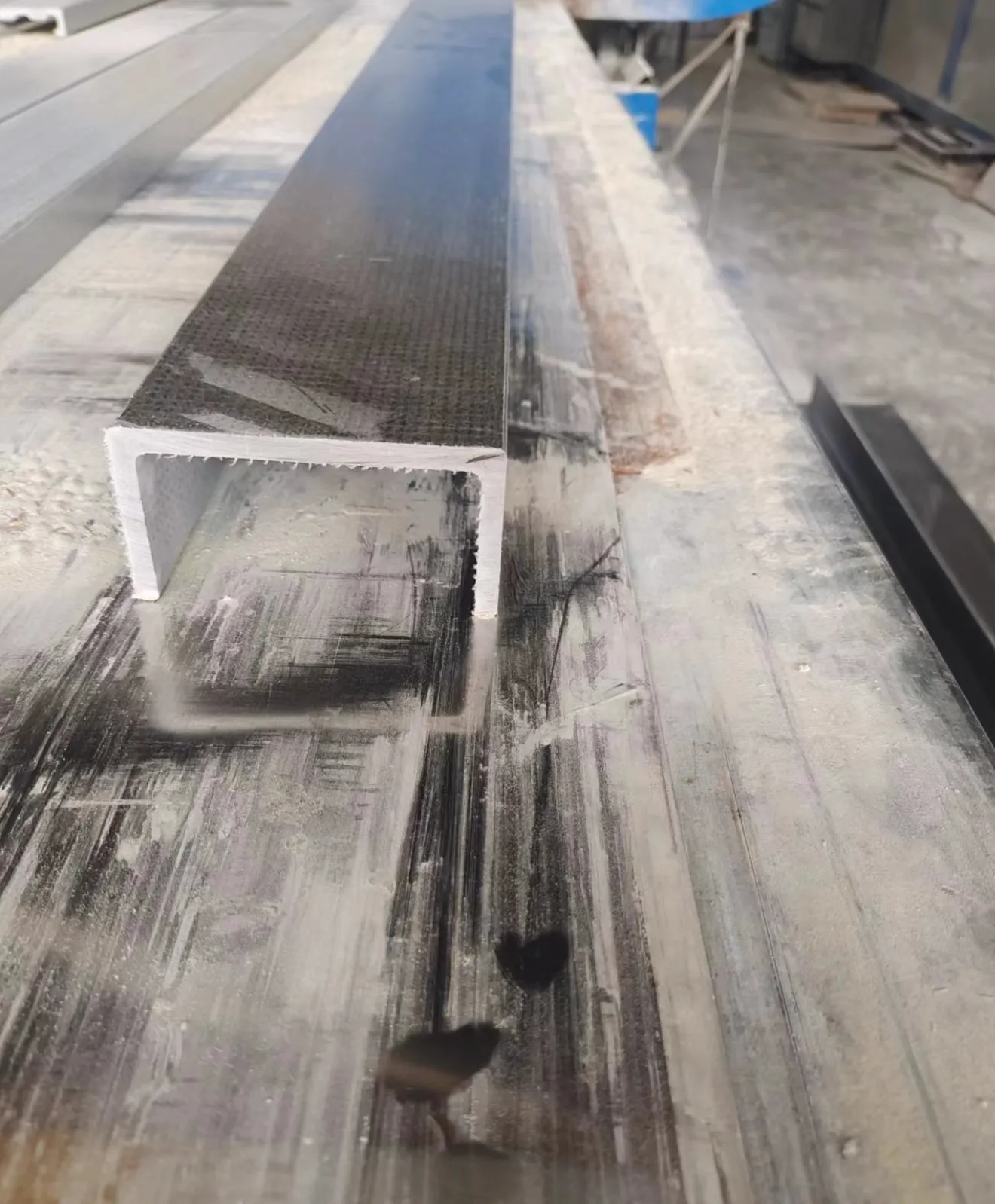loading...
- No. 9, Xingyuan South Street, Dongwaihuan Road, Zaoqiang County, Hengshui, Hebei, China
- admin@zjcomposites.com
- +86 15097380338
- Welcome to visit our website!
Exploring Pricing Trends for FRP Channel Products in Today's Market
Understanding FRP Channel Pricing Factors and Implications
Fiber Reinforced Polymer (FRP) channels are becoming increasingly popular in various industries due to their impressive strength-to-weight ratio, corrosion resistance, and versatility in applications. As a result, understanding the pricing dynamics behind FRP channels is essential for manufacturers, suppliers, and customers alike. In this article, we will explore the factors that influence FRP channel prices and the implications these have for businesses and end-users.
The Basics of FRP Channels
FRP channels are structural elements made from fiber-reinforced polymer composites, typically incorporating fiberglass and a thermosetting resin. These channels are widely used in construction, manufacturing, and even aerospace applications due to their lightweight characteristics and durability. They offer advantages over traditional materials like steel and aluminum, such as resistance to environmental degradation, lower thermal expansion, and ease of installation.
Key Factors Influencing FRP Channel Prices
1. Raw Material Costs The price of raw materials, particularly the reinforcements (fiberglass) and the matrix (resin), directly impacts the overall cost of FRP channels. Fluctuations in the prices of these raw materials can lead to significant variations in the final product's cost. For instance, if the demand for fiberglass increases or if there are supply chain disruptions, manufacturers may need to adjust their pricing accordingly.
2. Production Techniques The method of manufacturing FRP channels can also affect pricing. Traditional methods, such as manual layup, may be labor-intensive and costlier in terms of labor and time. In contrast, automated processes like pultrusion can lower production costs but may require a significant upfront investment in machinery. Manufacturers that utilize advanced technologies may be able to offer competitive pricing while maintaining high quality.
3. Volume and Scale of Production Economies of scale play a crucial role in determining the price of FRP channels. Larger production volumes often lead to cost reductions per unit because fixed costs are distributed over a greater number of units. Consequently, companies that can commit to larger orders may benefit from lower pricing, while smaller orders may incur higher per-unit costs due to less favorable economics.
frp channel price

4. Market Demand The overall demand for FRP channels in various sectors, including infrastructure, transportation, and energy, impacts pricing. For instance, a surge in renewable energy projects may increase the demand for FRP channels in wind turbine construction, which can drive prices up. Conversely, a downturn in a specific industry can lead to excess inventory and lower prices.
5. Geographical Location The location of manufacturing facilities relative to end-users can influence transportation costs and, consequently, pricing. Producers located closer to demand centers may be able to reduce shipping expenses, which can lower the price for the end consumer. Additionally, regional market trends and competition can also affect pricing strategies.
6. Competition and Market Dynamics The number and strength of competitors in the FRP market can dictate pricing strategies. In a highly competitive environment with numerous suppliers, prices may be more aggressive, while monopolistic or oligopolistic structures can lead to higher prices due to reduced competition.
Implications for Buyers and Sellers
For buyers, understanding the factors that influence FRP channel pricing is crucial when making purchasing decisions. They should consider not only the price but also the quality and service offered by suppliers. Engaging with multiple suppliers and negotiating terms can often result in better pricing and service agreements.
For sellers, being aware of market trends and managing production costs effectively is essential for maintaining competitive pricing. Building strong relationships with raw material suppliers and adopting efficient manufacturing techniques can result in sustainable pricing models.
Conclusion
In conclusion, the pricing of FRP channels is influenced by a myriad of factors, ranging from raw material costs and production methods to market demand and geographical considerations. By understanding these dynamics, stakeholders in the industry can make informed decisions, whether they are procuring materials or strategizing on production and marketing. As the market for FRP continues to evolve, staying ahead of these trends will be vital for success in this competitive landscape.
-
GRP Structures: The Future of Lightweight, High-Performance EngineeringNewsJun.20,2025
-
FRP Water Tank: High-Performance Storage for Corrosive and Clean Water SystemsNewsJun.20,2025
-
FRP Square Tube: The New Industry Standard for Chemical and Structural ApplicationsNewsJun.20,2025
-
FRP Pultruded Profiles: The Ultimate Choice for Lightweight Structural StrengthNewsJun.20,2025
-
FRP Handrails: The Safer, Smarter, and Stronger Choice for Modern InfrastructureNewsJun.20,2025
-
FRP Grating: The Smart Solution for Durable, Lightweight Industrial FlooringNewsJun.20,2025
-
Why Choose a Galvanized Water Tank for Your Storage NeedsNewsMay.21,2025
